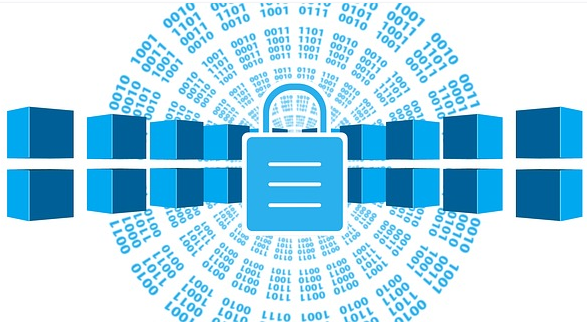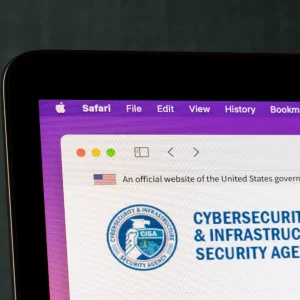
Today, everything we do is converted to data. Lots of it. And with Seagate and IDC finding that by 2025, an average connected person anywhere in the world will interact with connected devices nearly 4,800 times per day — basically one interaction every 18 seconds – the volume of data is only going to increase.
Across the world, a hundred billion more photos were reportedly taken in 2017 than in 2016, generating a huge amount of information; and that’s before we start to think about videos, GoPro footage, gaming data and general documents.
However, according to the organisers of World Backup Day, almost a third of us (30 percent) have never backed up our data. This is despite the fact that 113 phones are lost or stolen every minute throughout the world, and 1 in 10 computers are infected with viruses every month. The majority of this data loss (29%) is caused by accidents, such as losing a laptop or spilling liquid on the hard drive.
Whenever we suffer data loss, the results can be catastrophic. Your child’s first day at school, treasured family memories or your wedding video – all it takes is theft, fire, or loss, and years and years of memories have disappeared. To help manage and store your data more effectively, here are five steps to consider this World Backup Day:
Do a Spring Clean
Have a look through your files and see what can be deleted. After all, how many selfie attempts or outdated versions of your CV do you really need to hold on to? See what you can delete from your cloud storage, your hard drive or the images you have saved to social media.
Set Regular Reminders
Although World Backup Day is a great initiative, it helps to review your data more regularly than once a year. Set a monthly or quarterly reminder in your diary to review what you have on your computer, mobile, hard drives, and cloud storage.

Identify what can be discarded – it could help you free up disk space and maybe even save a bit of money on an online storage subscription.
De-duplicate the clutter
Admit it, you’ve probably got several copies of the same document or image somewhere on your system. It gets copied over to social media and then back onto your tablet, or your smartphone. That generates a lot of clutter.
To reduce duplications, make sure you have one centralised point of storage for the family – such as a hard drive. You can quickly see if something has already been saved by using specialised search tools. These programs identify similar photographs as well as duplicates, enabling you to edit your collection of files to a reasonable size.
Staying secure
As well as backing up your data, keeping it safe once it’s stored is important too. Make sure you choose a reliable drive and put some protection in place. Whether it is a password or full encryption, decide what’s right for you and keep all your data safe.
Managing World Backup Day
Backing up data is important but it needs to be done sensibly. On World Backup Day it is important to keep control of how you organise your data. Don’t just rely on social media or your phone to keep your content safe. Be realistic about what data you need to keep multiple copies of and then keep two or three copies, not 20. When it comes to precious photos, try and keep one copy on your computer, one in the cloud, and one on an external hard drive.
Enjoy yourself on World Backup Day this 31st March. Treat it as a chance to go on a trip down memory lane – but don’t leave it too late and wind up feeling like an April Fool!






